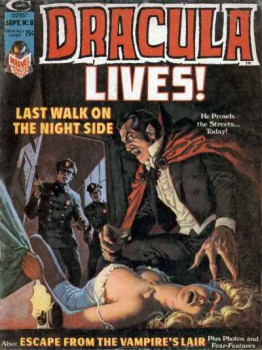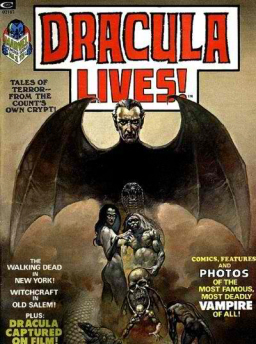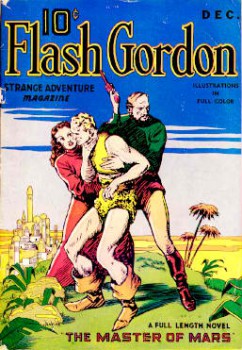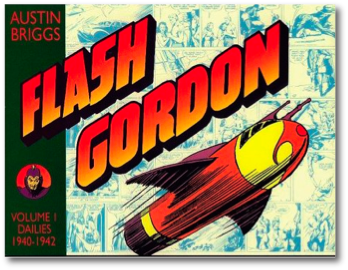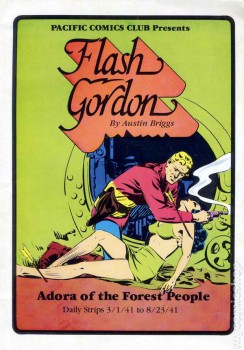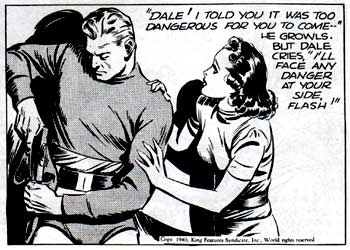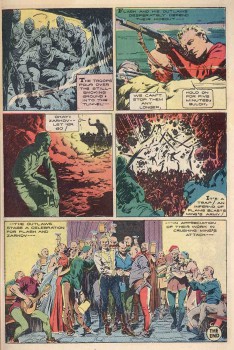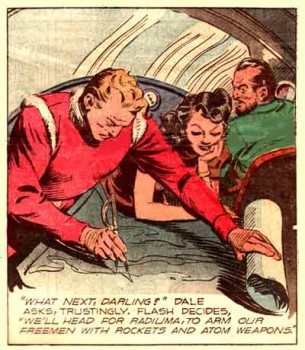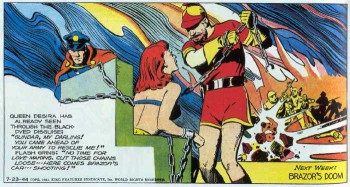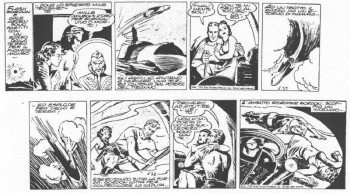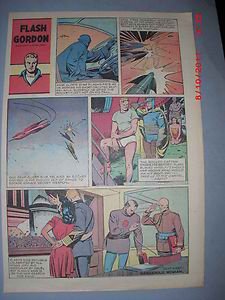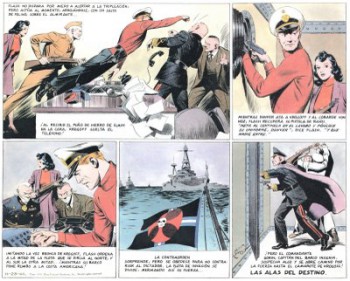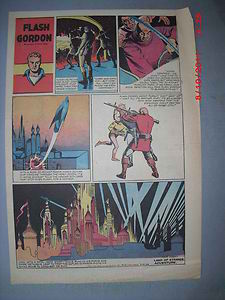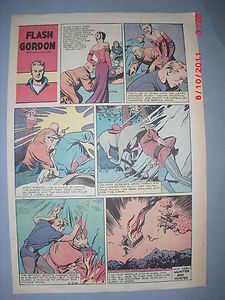Blogging Marvel’s Tomb of Dracula Magazine
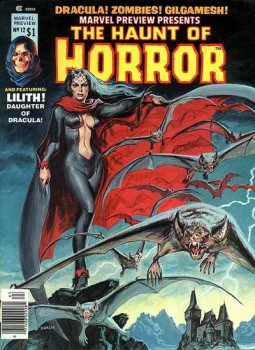
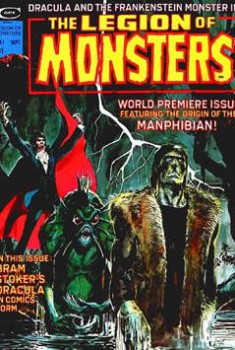 Dracula Lives was Marvel’s companion black and white companion title to the award-winning Tomb of Dracula monthly comic. As a magazine, Dracula Lives was exempt from the strictures of the Comic Code Authority, allowing for more violence and adult themes than would have been possible in the comic at the time. The Legion of Monsters #1 in 1975 and Marvel Preview #12 in 1977 collected three orphan tales – two originally slated for Dracula Lives and the other for Vampire Tales as both titles had ceased publication by this point.
Dracula Lives was Marvel’s companion black and white companion title to the award-winning Tomb of Dracula monthly comic. As a magazine, Dracula Lives was exempt from the strictures of the Comic Code Authority, allowing for more violence and adult themes than would have been possible in the comic at the time. The Legion of Monsters #1 in 1975 and Marvel Preview #12 in 1977 collected three orphan tales – two originally slated for Dracula Lives and the other for Vampire Tales as both titles had ceased publication by this point.
Chapter Seven of Roy Thomas and Dick Giordano’s masterful adaptation of Bram Stoker’s classic was salvaged from Dracula Lives to appear in the debut issue of The Legion of Monsters. The story advances to the point where Professor Van Helsing is brought in by Dr. Seward in an ill-fated effort to save Lucy Westenra’s life. This would be the last installment to see print until the two legendary comics creators reunited decades later to finish the project for Marvel as previously covered in detail in our earlier article on comic adaptations of the Stoker novel.
“Profits are Plunging” was a Steve Gerber solo tale of Lilith, Daughter of Dracula that made its way from Vampire Tales to Marvel Preview. Frank Springer’s artwork is strictly run of the mill, but Gerber’s solid story offers an effective criticism of 1960s idealism giving way to 1970s corporate greed. Martin Gold, the series’ resident Greenwich Village hippie, accepts a PR job to help provide for his pregnant girlfriend, Angel O’Hara. Of course, the conservative capitalists at the chemical company whose compound Martin is supposed to successfully sell to the youth of America are well aware their product will harm both the environment and animal life and are willing to off Martin when he decides to play whistle-blower. This gives Lilith an opportunity to take over her host form of Angel O’Hara to save Martin and take vengeance on the men whose corrupting greed outweighs their respect for life.
Doug Moench’s lost Dracula Lives tale, “Picture of Andrea” is an effective variation on the film noir classic Laura, aided and abetted by the gorgeous artwork of Sonny Trinidad. His depiction of the Lord of Vampires is the equal of Gene Colan. It is appropriate that a story so concerned with the beauty of the human form be graced with an artist capable of illustrating it to perfection.
